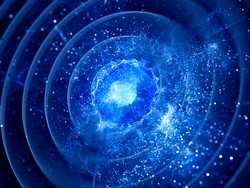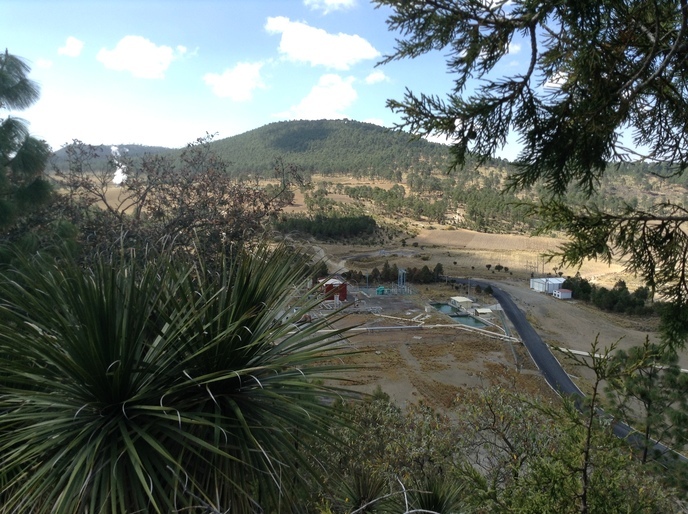Gamma-ray pulsars
Fermi's Large Area Telescope (LAT) scans the entire sky repeatedly, continually deepening its portrait of the sky in gamma-rays, the most energetic form of light. While the energy of visible light falls between about 2 and 3 eV, the LAT detects gamma-rays with energies ranging from 20 million to more than 300 billion electron volts (GeV). Any object producing gamma-rays at these energies is undergoing extraordinary astrophysical processes. Before the start of this EU-funded project, among all the sources detected by gamma-ray satellites and ground-based Cherenkov telescopes, hundreds of Galactic gamma-ray sources had no obvious counterpart at optical, radio or X-ray wavelengths. The P-WIND (New light on the gamma-ray sky: Unveiling cosmic-ray accelerators in the Milky Way and their relation to pulsar wind nebulae) project expected that many sources would be pulsars or nebulae powered by pulsars. The investigation of these unidentified sources (focusing on pulsar wind nebulae (PWNe)) using multi-wavelength data, especially those obtained by the LAT aboard Fermi, was the main goal of this project. Researchers performed a case-by-case analysis of several PWNe, showing that the emission from these sources can be very well modelled assuming that they are evolved PWNe in which the magnetic field has now decreased, thus suppressing the synchrotron emission. A more general analysis using Fermi LAT data above 10 GeV of 58 trillion electron volt sources within 5 degrees of the galactic plane was also performed. This resulted in the detection of 30 sources, among which 11 promising PWNe candidates and 5 PWNe were identified. This increased population of detected GeV sources vindicated the prediction that evolved PWNe are a dominant class of sources in the gamma-ray region. P-WIND has provided new constraints on the properties of PWNe and new clues on the nature of unidentified sources thanks to a parallel detection of one pulsar, one supernova remnant and one potential star-forming region (W43).






